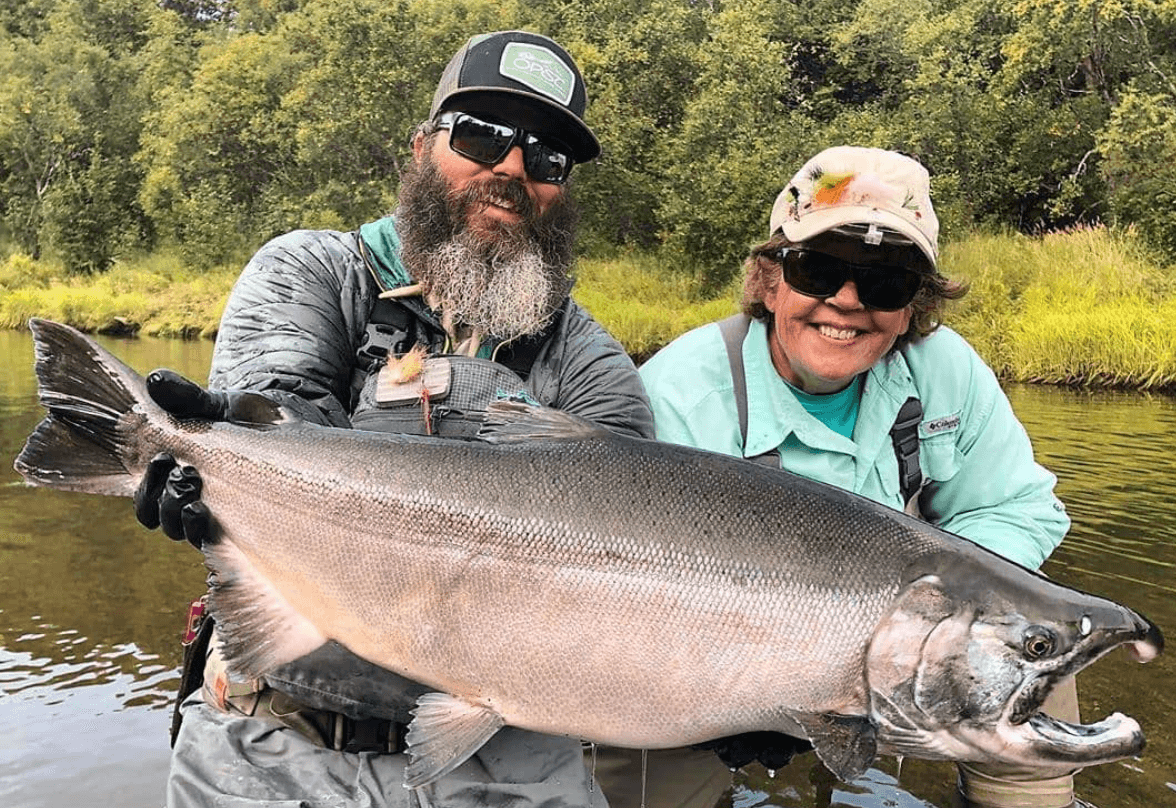
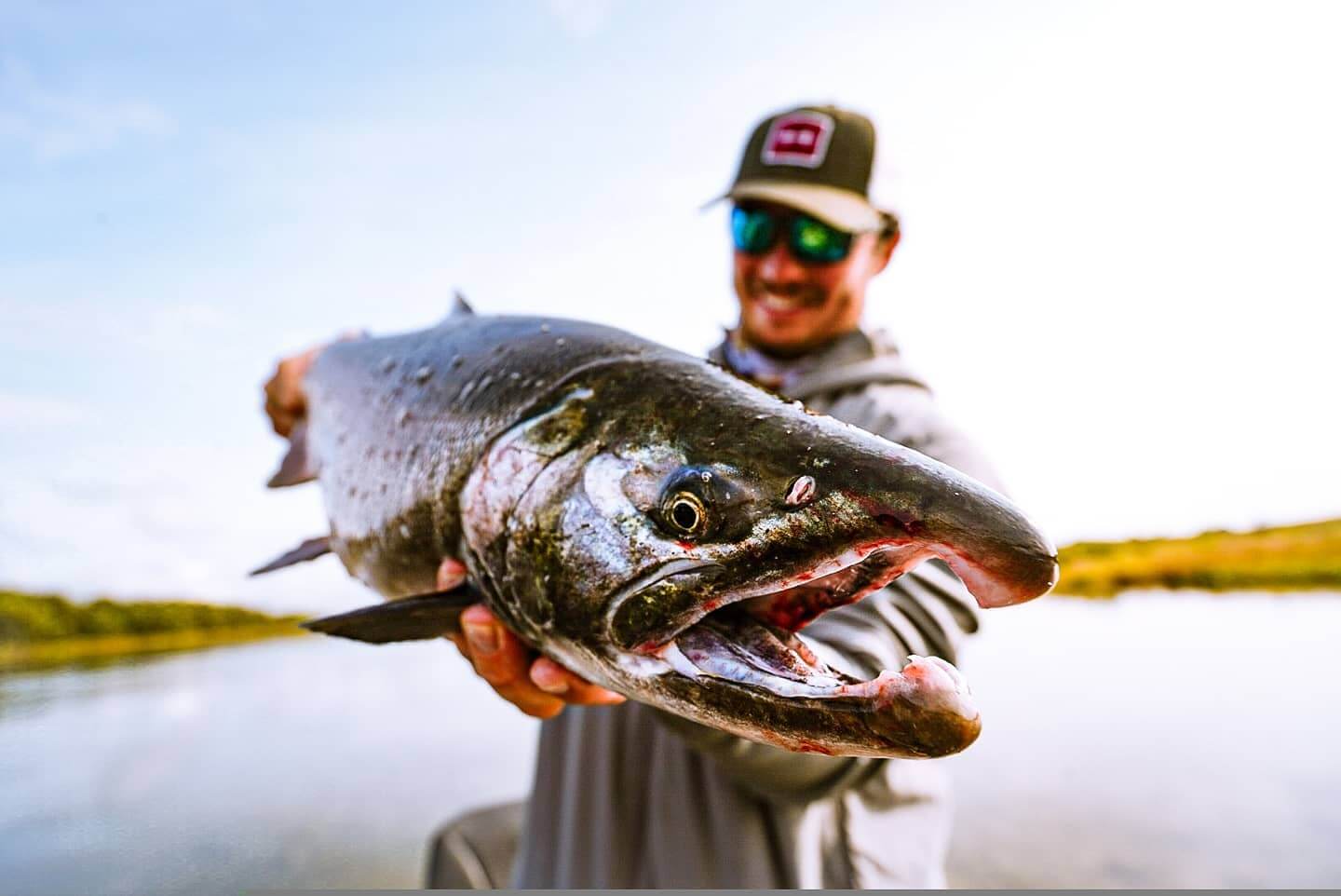
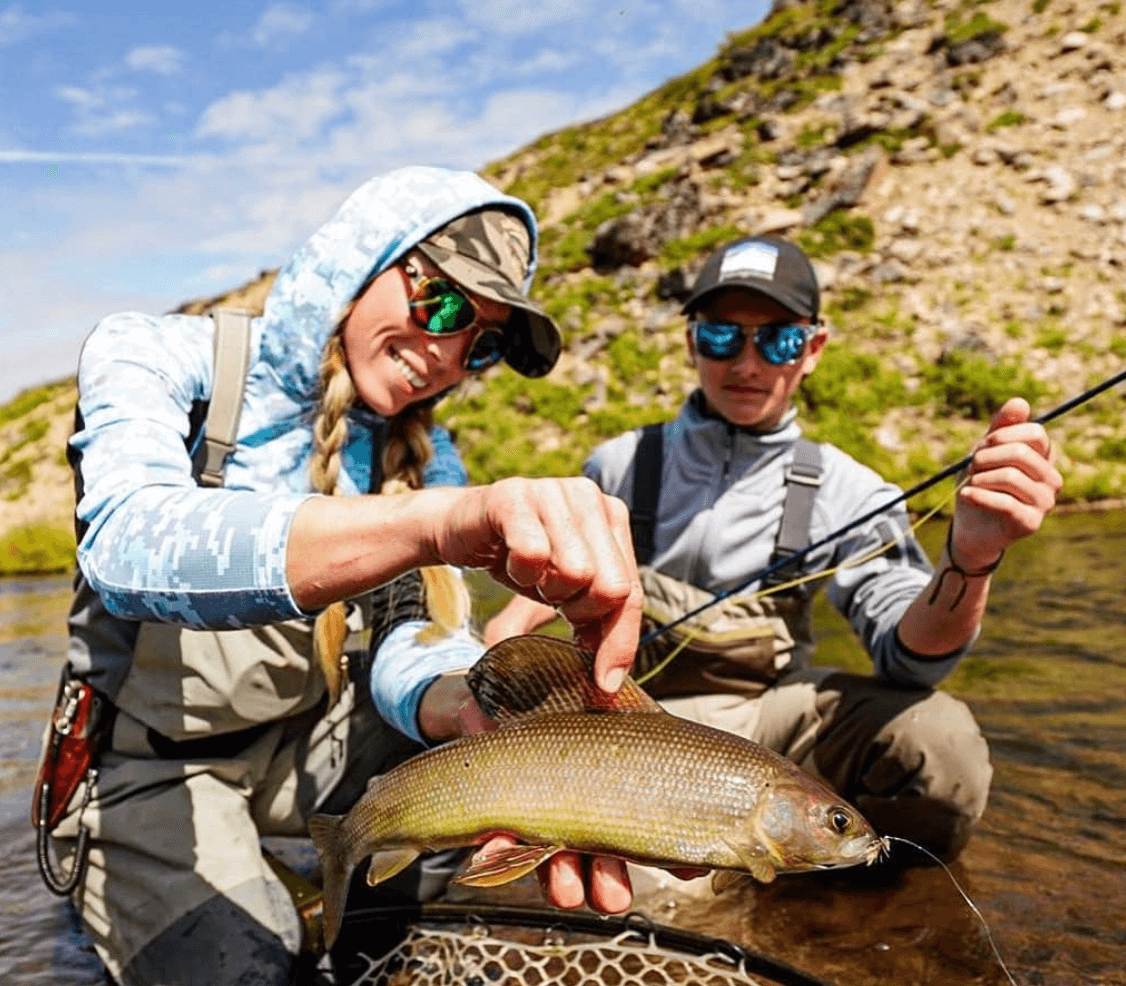
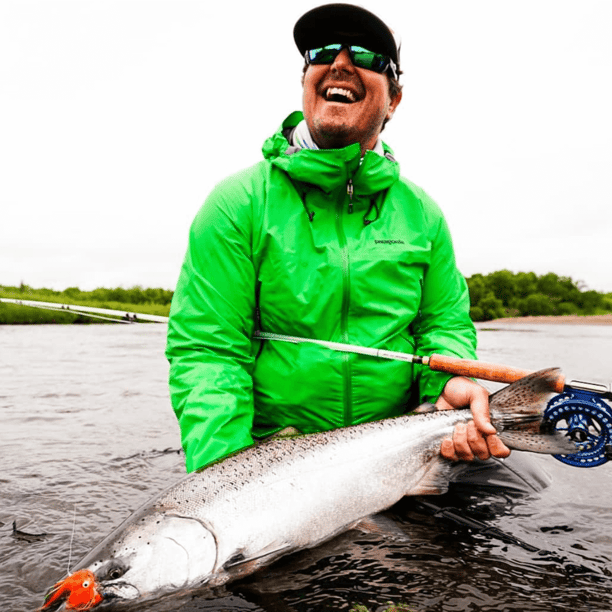
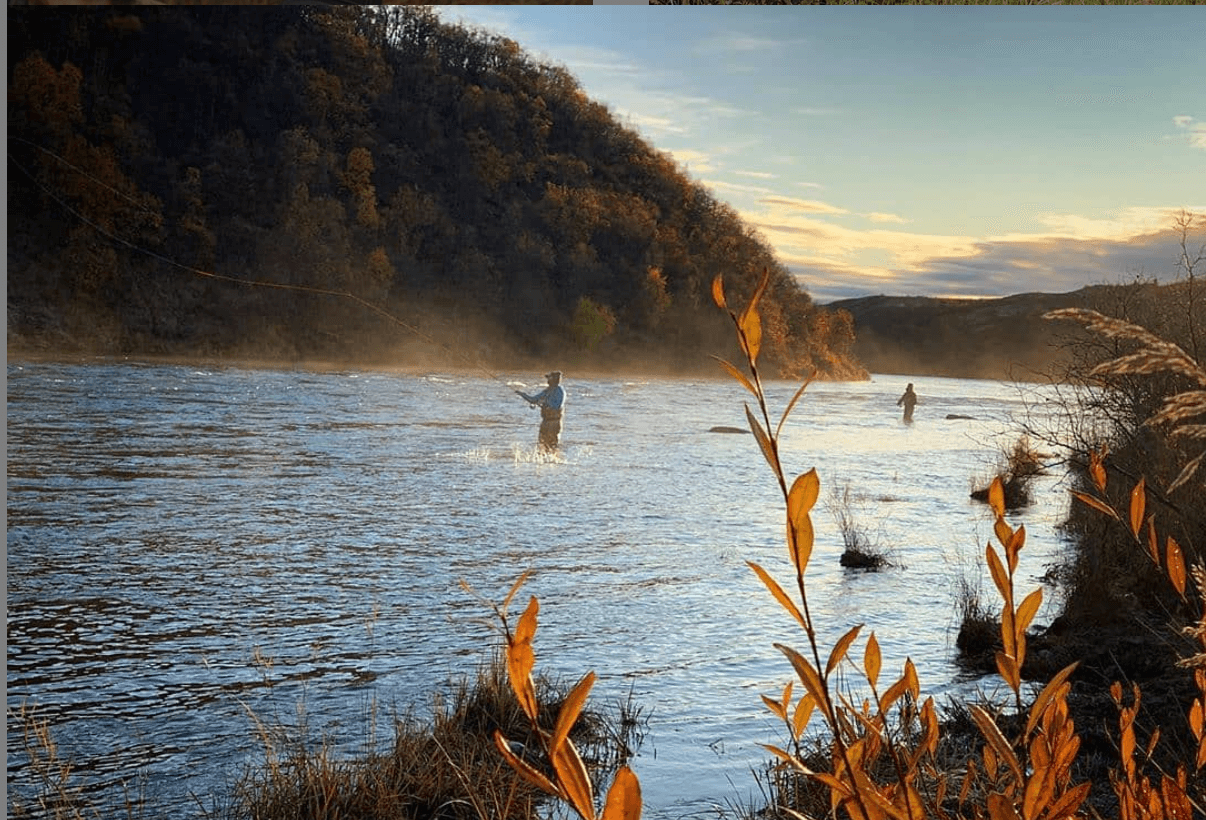
Water Type
Skill Levels
Beginner, Intermediate, Advanced
Weather
You won’t lose your deposit if the trip is canceled due to weather.
Water Type
Skill Levels
Beginner, Intermediate, Advanced
Lodging
Lodging is included.
Beer
Feel free to enjoy responsibly, but please no glass.
Live Bait
Live bait is included for this trip.
Weather
You won’t lose your deposit if the trip is canceled due to weather.
Flexible Cancelation
This trip can be canceled up to 60 days before the trip.
Lunch
Lunch / light snacks are included.
Tackle
You will need your own tackle.
Fish Cleaning
No cleaning service provided.
Boat Restroom
No, this boat does not have a bathroom on board.
Kid Friendly
This trip is not suited for small children.
Disability Friendly
This trip is not suited for those with disabilities.
| 7 days | |
|---|---|
|
1 Person
|
$4,995.00
|
|
2 People
|
$9,990.00
|
|
3 People
|
$14,985.00
|
|
4 People
|
$19,980.00
|
Book your trip with confidence — We only work with the best local guides that know where to put you on fish.
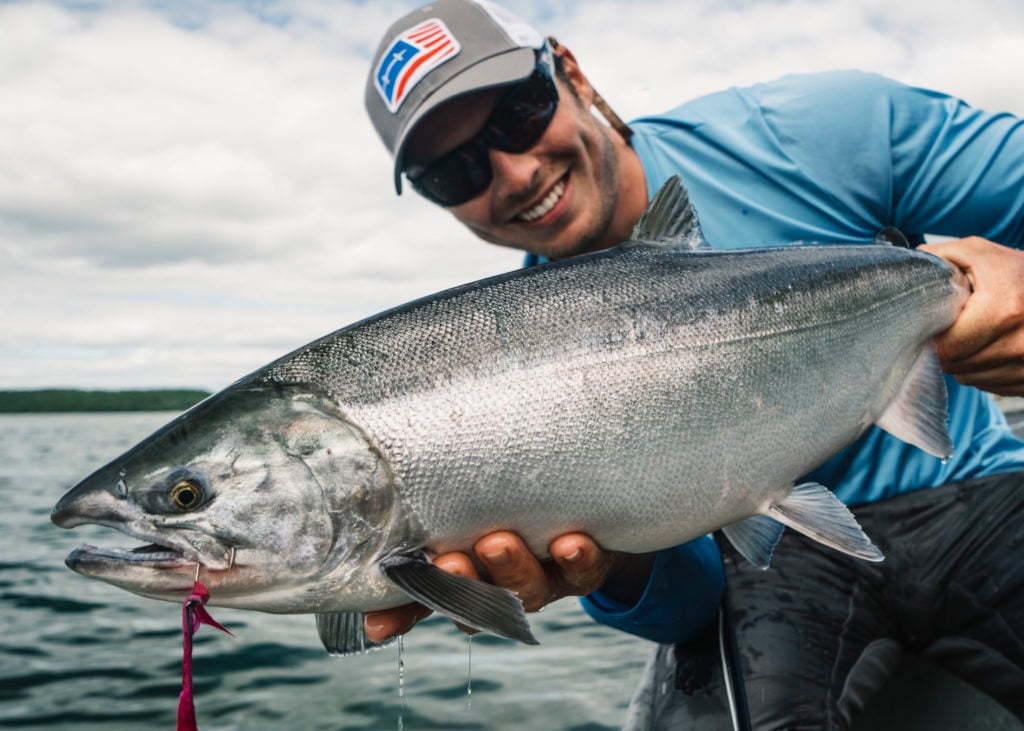
James J.

James J.
Water Type
Skill Levels
Beginner, Intermediate, Advanced
Lodging
Lodging is included.
Beer
Feel free to enjoy responsibly, but please no glass.
Live Bait
Live bait is included for this trip.
Weather
You won't lose your deposit if the trip is canceled due to weather.
Flexible Cancelation
This trip can be canceled up to 60 days before the trip.
Lunch
Lunch / light snacks are included.
Tackle
You will need your own tackle.
Fish Cleaning
No cleaning service provided.
Boat Restroom
No, this boat does not have a bathroom on board.
Kid Friendly
This trip is not suited for small children.
Disability Friendly
This trip is not suited for those with disabilities.
Jared
Jared
Trip: Destin Gulf Fishing
Diane
Diane
Grant
Grant
George
George
Lucinda
Lucinda
Enter to Win a
$500 DAMN GOOD GIFT CARD

Sign up to win $500 towards ANY trip. Winners drawn monthly.